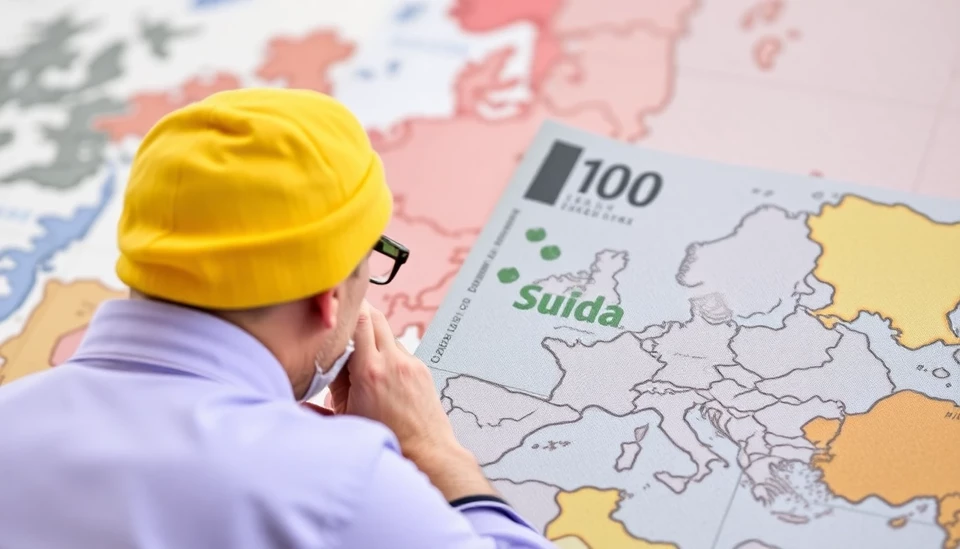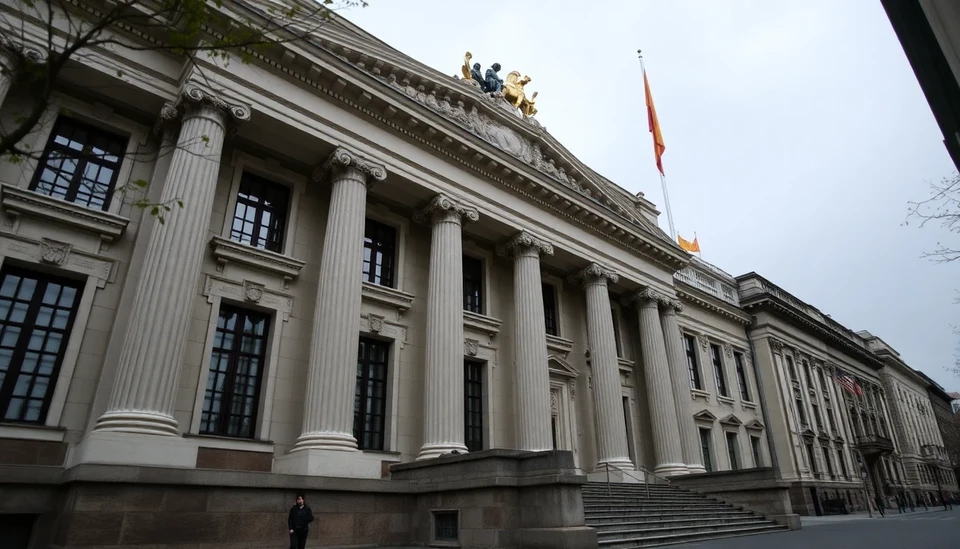
The economic landscape in Eastern Europe is currently witnessing a remarkable shift as the effects of President Donald Trump’s policies reverberate through the region. Following an initial wave of optimism dubbed the "Trump Bump," which had investors focusing on growth and prospects bolstered by tax cuts and deregulation policies in the U.S., the region now finds itself grappling with the implications of imminent trade tariffs. As businesses brace for potential fallout, the future of their growth and stability hangs in the balance.
With Trump’s earlier presidency experiencing a surge in Eastern European markets, it appeared that the region was set to enjoy upward trends bolstered by confidence in American leadership. Nations such as Poland and Hungary have seen their local economies flourish as foreign investments flowed in, eager to stake a claim in markets driven by upbeat prospects. Initially, the corporate community embraced the mood of economic optimism that reigned, which saw industries such as manufacturing, technology, and services thrive.
However, this optimism seems increasingly overshadowed by the looming threat of trade tariffs, which have coerced investors to reassess the strategy. The imposition of tariffs, particularly on steel and aluminum, threatens to raise costs for businesses utilizing these essential materials, which may lead to higher prices for consumers and an overall slowdown in economic growth. Companies are now revisiting their supply chains and cost structures to mitigate the adverse consequences of these policies.
Furthermore, the ripple effect of the potential tariffs poses serious concerns for the ongoing relationships Eastern Europe maintains with their western partners. Many of these economies have developed intricate trade ties with the U.S. and other western markets, and changes in tariff policy could jeopardize this established balance, leading to broader uncertainty in transactions and investments.
The multinational corporations operating within these markets are being vigilant, watching the developments closely and preparing to pivot strategies should tariffs hinder their current operational models. Analysts predict a potential slowdown in growth rates for the Eastern European markets as they grapple with a bipolar economic reality—one filled with opportunities curtailed by the risks of rising trade barriers.
Consequently, economic stakeholders, including governments and private enterprises alike, are urging policymakers to engage in dialogue to navigate the choppy waters ahead. The potential for retaliatory tariffs from affected nations heightens the urgency for a balanced, diplomatic approach in trade discussions, emphasizing cooperation to foster continued growth in a globally interdependent marketplace.
As the situation develops, the fate of Eastern European markets hangs precariously in the balance between the echoes of a Trump Bump and the reality of looming trade tariffs. Stakeholders will need to remain astutely aware of the shifts and turns in this complex economic narrative as they chart their paths forward in an increasingly unpredictable trade environment.
For the people of Eastern Europe, the outcome of these negotiations will not only shape the economic climate but determine the trajectory of growth and prosperity they can expect to witness in the coming years.
#EasternEurope #TrumpBump #TradeTariffs #Economy #Investment #Markets #Manufacturing #TradeRelations #EconomicGrowth
Author: Rachel Greene




